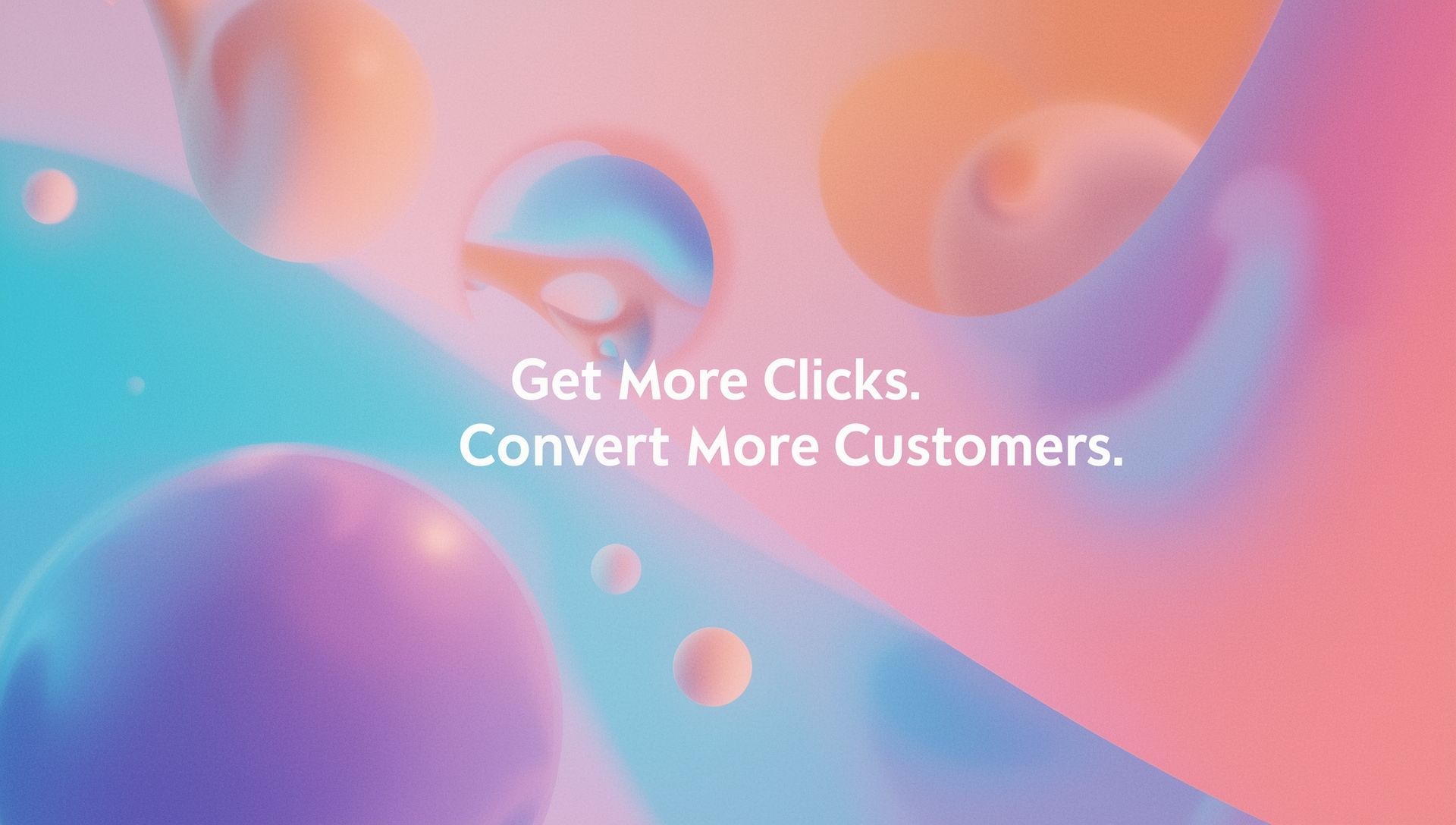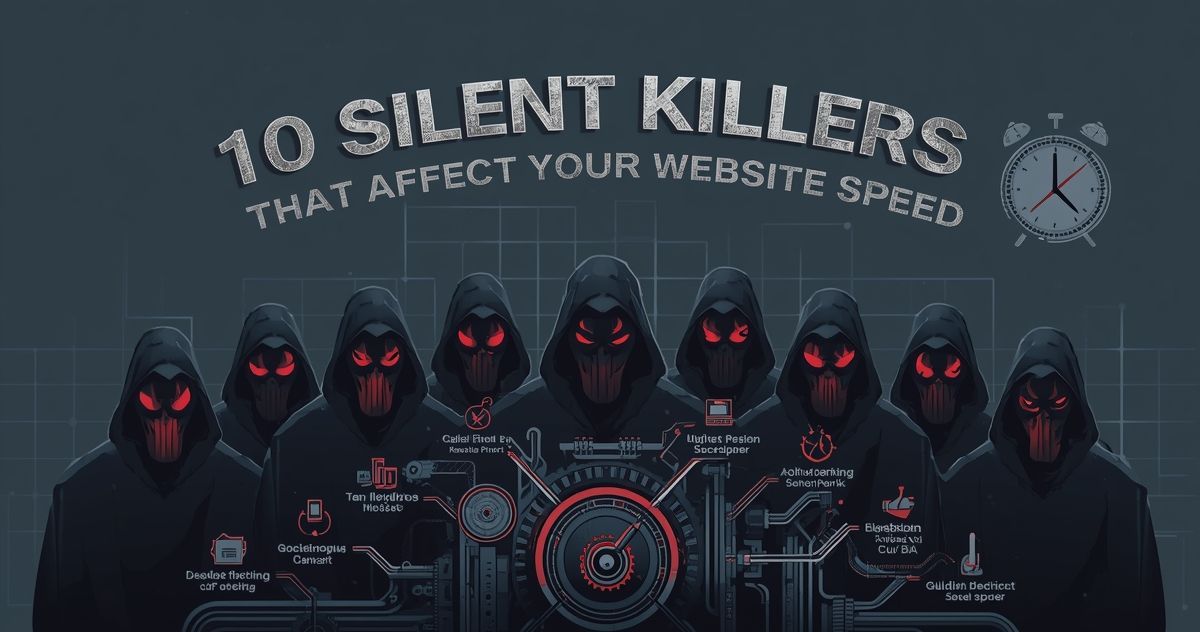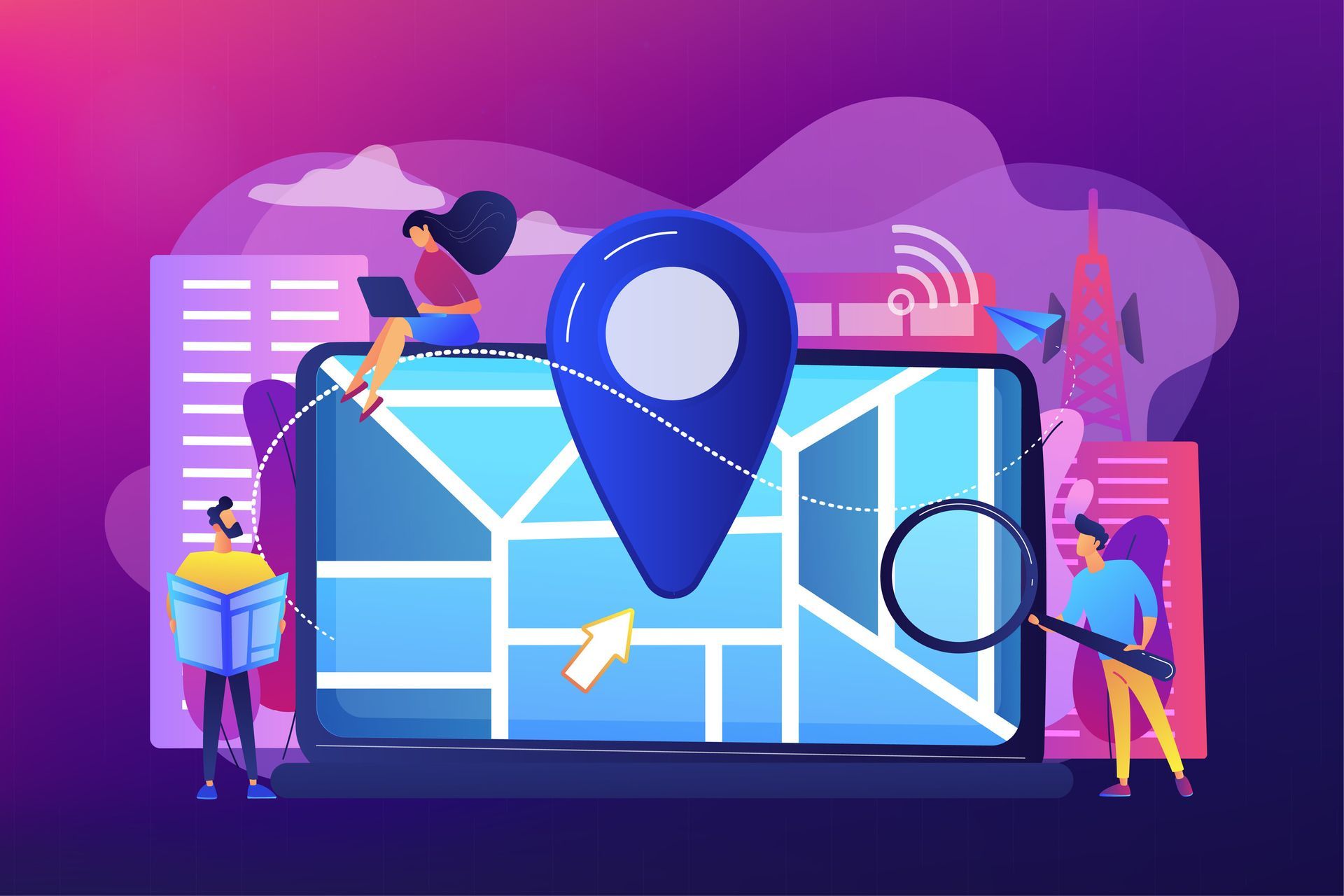11 Pricing Strategies + How to Set Yours
In today's dynamic market, setting the right price can make or break your business. With countless products and services vying for customers' attention, finding a pricing strategy that works is crucial.
The right approach not only reflects the value of what you offer but also fits the needs and expectations of your target audience. This blog post will explore eleven effective pricing strategies that can help elevate your business and boost profits.
Whether you're a small business owner, a startup, or looking to refine your current pricing, these strategies will guide you in making informed decisions to enhance your competitive edge.
1. Cost-Plus Pricing
Starting with a straightforward method, cost-plus pricing involves calculating the total cost of production and adding a markup for profit. This strategy ensures that all production expenses are covered while generating a predictable profit margin.
Benefits:
- Simple and easy to implement.
- Provides clear profit margins.
Limitations:
- Doesn't account for competitor pricing or consumer demand.
Cost-plus pricing is ideal for industries with stable production costs and clear expense tracking.
2. Competitive Pricing
In a crowded market, knowing what competitors are charging and adjusting your prices accordingly is crucial. Competitive pricing aims to set a price point that matches or beats the competition.
Key Steps:
- Analyze the pricing of similar products.
- Determine whether to position your price lower, higher, or the same based on your brand’s strength and value proposition.
- Consideration: Ensure that choosing lower prices does not compromise the perceived value of your brand.
3. Value-Based Pricing
Unlike other methods, value-based pricing focuses on the perceived value of the product to the customer. By understanding consumer perceptions and the unique benefits your offering provides, you can set a price that reflects its true worth.
Tips for Implementation:
- Conduct consumer research to understand their perceived value.
- Communicate the unique benefits and advantages clearly.
Using value-based pricing can lead to increased customer satisfaction and loyalty by aligning with what the customer values most.
4. Premium Pricing
Similar to value-based pricing, premium pricing capitalizes on the perceived value of a product or service. However, this strategy aims to position your brand as high-end and exclusive, catering to customers who are willing to pay more for quality and prestige.
Benefits:
- Can generate higher profit margins.
- Positions your brand as a luxury option.
Limitations:
- May limit potential customer base due to high prices.
Premium pricing is suitable for businesses with unique or highly desirable products that can justify higher prices. This strategy can also be effective in creating an aura of exclusivity around the brand.
5. Penetration Pricing
Introduced to gain a foothold in the market, penetration pricing involves setting low prices to attract customers and build brand awareness. As the business grows and establishes itself, prices can gradually increase.
Considerations:
- Requires careful planning for future price increases.
- May lead to initial losses before profits are generated.
Penetration pricing is effective for businesses with new products or services that need to gain momentum quickly.
6. Price Skimming
In contrast to penetration pricing, price skimming starts with high initial prices and gradually lowers them over time. This strategy is suitable for innovative products or services that initially appeal to early adopters willing to pay a premium.
Benefits:
- Can generate high profits early on.
- Targets and attracts specific customer segments.
Limitations:
- May lead to lower sales in the long run as prices decrease.
Price skimming is effective when introducing new, unique products or services that provide a competitive advantage. However, businesses should carefully monitor market demand and adjust prices accordingly to avoid losing customers as prices drop.
7. Psychological Pricing
This strategy involves setting prices that play on consumer psychology and perception of value. By using pricing tactics such as charm pricing (ending in odd numbers) or price bundling (offering multiple products at a discounted package price), businesses can influence purchasing decisions.
Tips for Implementation:
- Research consumer behavior and preferences.
- Experiment with different pricing tactics to find what works best.
Using psychological pricing can help businesses increase sales and consumer perception of value. However, it's important to maintain ethical standards and not manipulate customers into purchasing something they don't need or want.
8. Dynamic Pricing
In today's digital age, dynamic pricing has become increasingly popular as technology allows businesses to adjust prices in real-time based on demand and supply. This strategy involves setting flexible prices that fluctuate based on market conditions, including competition, time of day, or even weather.
Key Considerations:
- Requires advanced tracking tools and data analysis.
- Can help optimize profits in a competitive market.
Dynamic pricing is most effective for businesses with high competition and fluctuating demand, such as airlines, hotels, and ride-sharing services.
9. Freemium Pricing
A popular strategy among software companies, freemium pricing involves offering a basic product or service for free while charging for premium features or upgrades. This strategy aims to attract customers with the free version and convert them into paying subscribers over time.
Benefits:
- Allows potential customers to try the product before committing to payment.
- Generates recurring revenue through subscriptions.
Limitations:
- Free users may not upgrade to paid versions.
Freemium pricing is effective for businesses with digital products or services that can provide value to customers even in their basic form.
10. Bundle Pricing
Similar to price bundling, bundle pricing involves offering multiple products or services as a package deal at a discounted price. This strategy aims to increase the perceived value of the offer and encourage customers to purchase more.
Tips for Implementation:
- Package items that complement each other well.
- Consider consumer preferences and purchasing habits when creating bundles.
Bundle pricing is useful for businesses with a diverse product line or those looking to upsell and cross-sell to existing customers.
11. Promotional Pricing
Lastly, promotional pricing is a short-term strategy that involves offering discounts or special offers to attract customers and boost sales. This can be done through limited-time deals, coupons, or loyalty programs.
Considerations:
- Requires careful planning to avoid loss of profits.
- Can create a sense of urgency and drive impulse purchases.
Promotional pricing is effective for businesses looking to increase sales during specific periods or clear out inventory. However, it should be used strategically and not become the norm as it may devalue the product in the eyes of consumers.
How to Set Your Pricing Strategy
Setting the right pricing strategy for your business involves a comprehensive understanding of both internal and external factors. Here's a guide to help you navigate the process.
Understand Your Costs:
It's imperative to have a grasp on all costs associated with your product or service. This includes production, operations, marketing, and distribution expenses. Understanding these costs will give you a foundation to build a sustainable pricing strategy.
- Fixed Costs: Rent, salaries, and utilities.
- Variable Costs: Raw materials, packaging, and transportation.
Know Your Market:
Conduct market research to gain insights into consumer behavior and competitive analysis. Identify what your competitors are charging and understand market trends. This information is crucial for positioning your pricing accurately.
Trends to Watch:
- The rise of subscription-based models.
- Increasing demand for premium and sustainable products.
Define Your Value Proposition:
Clearly outline the unique benefits of your products or services. What makes them stand out in the marketplace? Use this information to establish a pricing strategy that aligns with the perceived value from your customers.
Looking to refine your pricing strategy and boost your profits?
Choosing the right pricing strategy is a critical aspect of your business's success. With the insights and strategies explored in this guide, you can tailor your pricing to align with market demands and consumer expectations.
Keep in mind that pricing is not a one-time decision. It's a dynamic process that requires regular assessment and adjustments as your business evolves and market conditions change.
Selecting and refining a suitable pricing strategy will be instrumental in meeting your business goals.









